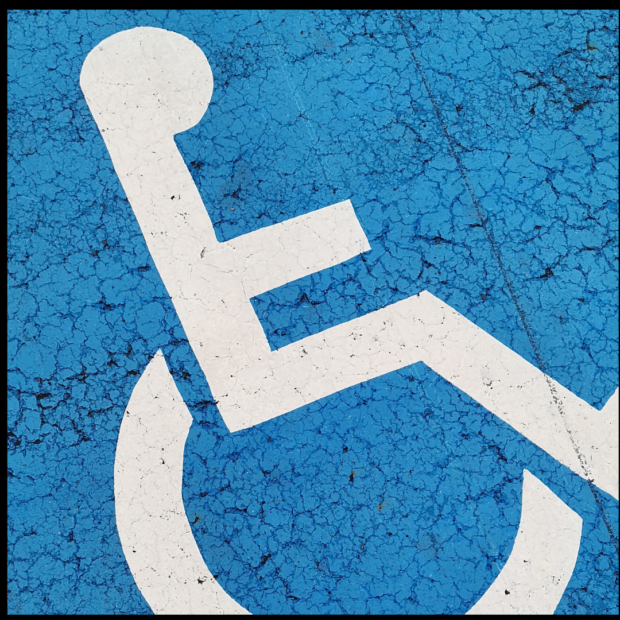As we confront an era marked by increasing natural disasters and human-made crises, it becomes critically important to ask: Are the Philippines and other countries worldwide indeed ensuring emergency accessibility for people with disabilities? The harsh reality is that, despite legal frameworks and advocacy efforts, the needs of people with disabilities are often overlooked in emergency planning and response.
The Reality on the Ground
Globally, over 1 billion people live with some form of disability. The stakes are even higher in the Philippines, a nation frequently battered by typhoons, earthquakes, and volcanic eruptions. Despite the efforts of the National Council on Disability Affairs (NCDA) and various advocacy groups, significant gaps remain in emergency preparedness for this vulnerable population.
Persistent Challenges
- Physical Barriers: Many infrastructures are still not accessible. In the Philippines, countless buildings and transport systems lack essential accommodations such as ramps and accessible exits, which are crucial for safe evacuation.
- Communication Barriers: Emergency information often fails to reach everyone. During Typhoon Haiyan (Yolanda), for instance, many individuals with disabilities were left without timely information due to a lack of accessible communication formats.
- Medical and Personal Support: Emergency shelters are frequently ill-equipped to handle the specific medical needs of people with disabilities. This includes the availability of necessary medication, medical devices, and provisions for assistance animals.
- Social Isolation: People with disabilities often experience higher levels of social isolation, which diminishes their access to critical community support networks during emergencies.
The Path Forward
To address these challenges, a comprehensive and inclusive approach to emergency preparedness is essential:
- Inclusive Planning: Emergency plans must actively involve people with disabilities. Governments and organizations should consult with disability advocacy groups to ensure that their unique needs are met. In the Philippines, the Philippine Coalition on the UN Convention on the Rights of Persons with Disabilities (UNCRPD) should be central to this process.
- Accessible Communication: Emergency information must be disseminated in accessible formats, including sign language, braille, audio, and plain language. Government agencies like PAGASA need to adopt and promote inclusive communication strategies.
- Evacuation Procedures: Tailored evacuation plans must be developed to accommodate various disabilities. This includes training first responders to assist people with disabilities, ensuring that shelters are accessible, and providing appropriate transportation options.
- Medical and Personal Support: Emergency shelters should be fully equipped to meet the medical and personal needs of people with disabilities. This entails having accessible medical equipment, sufficient medication supplies, and provisions for assistance animals.
- Community Engagement: Strengthening community networks can provide crucial support during emergencies. Initiatives encouraging neighbors to check on each other, particularly those who are vulnerable, can be lifesaving.
A Call to Action
Countries worldwide, including the Philippines, must recognize that ensuring emergency accessibility for people with disabilities is not just a regulatory requirement but a moral and ethical obligation. It is a testament to our collective humanity and responsibility to protect the most vulnerable.
Governments, non-governmental organizations, and communities must collaborate to bridge the gaps in current emergency preparedness plans. By leveraging technology, engaging with communities, and committing to inclusive practices, we can create a safer and more resilient society.
As disasters become more frequent and severe, the urgency to address these accessibility issues cannot be overstated. It is time for a global commitment to ensuring that no one is left behind in times of crisis. The future of our inclusive preparedness depends on the actions we take today.


